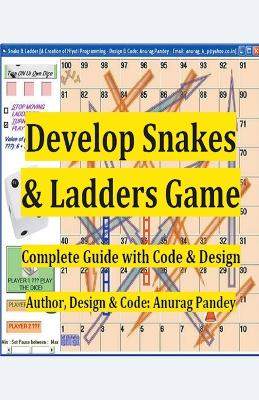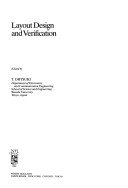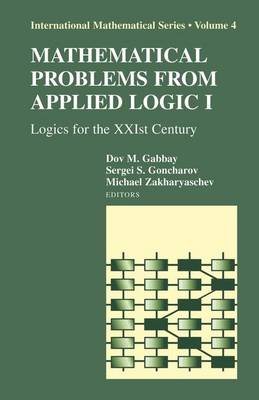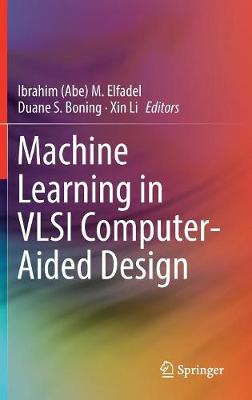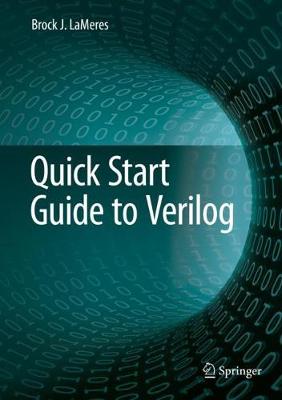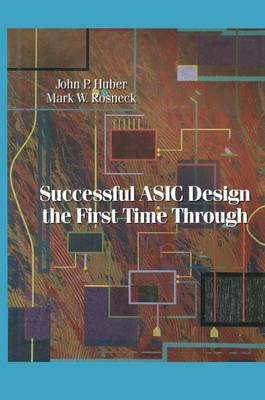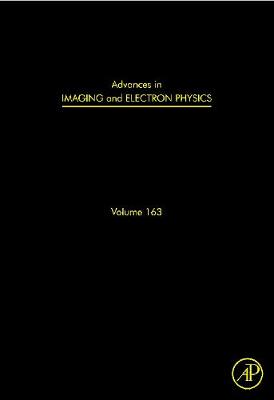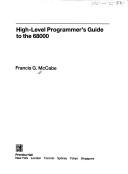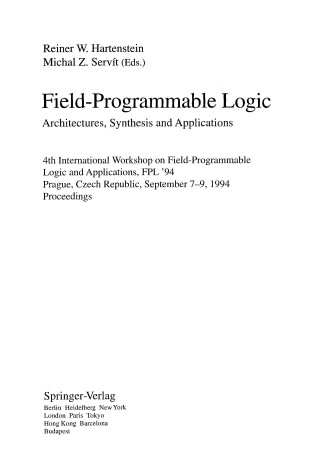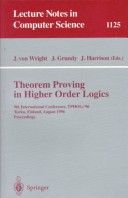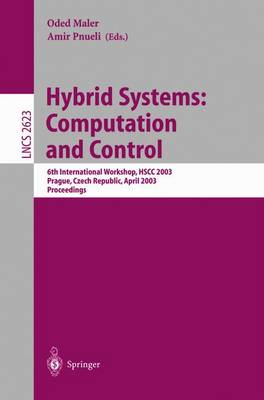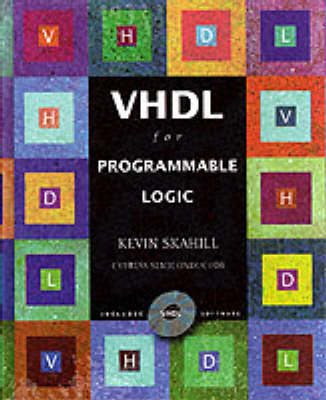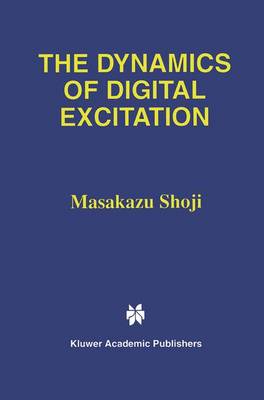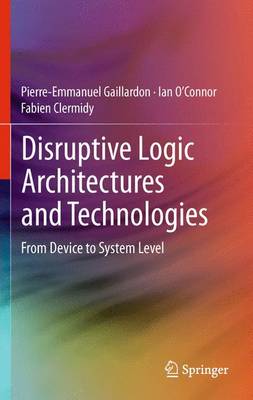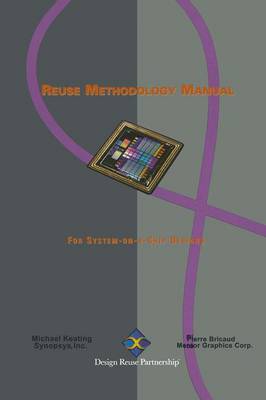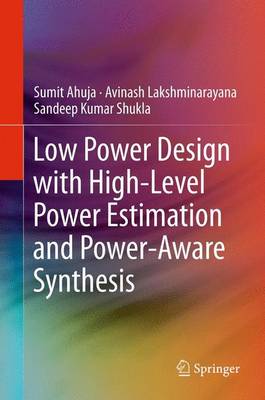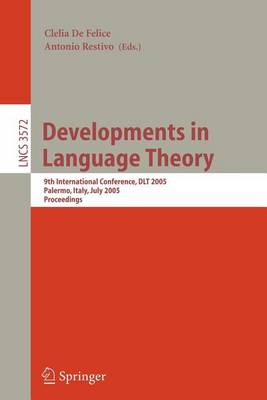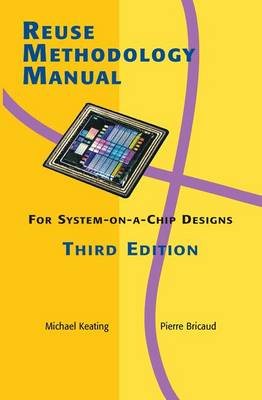Develop Snakes & Ladders Game Complete Guide with Code & Design
by Anurag Pandey
Advances in Computer Aided Design for Very Large Scale Integration
Mathematical Problems from Applied Logic I (International Mathematical, #4)
This is an overview of the current state of knowledge along with open problems and perspectives, clarified in such fields as non-standard inferences in description logics, logic of provability, logical dynamics and computability theory. The book includes contributions concerning the role of logic today, including unexpected aspects of contemporary logic and the application of logic. This book will be of interest to logicians and mathematicians in general.
Machine Learning in VLSI Computer-Aided Design
This book provides readers with an up-to-date account of the use of machine learning frameworks, methodologies, algorithms and techniques in the context of computer-aided design (CAD) for very-large-scale integrated circuits (VLSI). Coverage includes the various machine learning methods used in lithography, physical design, yield prediction, post-silicon performance analysis, reliability and failure analysis, power and thermal analysis, analog design, logic synthesis, verification, and neuromorp...
This textbook provides a starter's guide to Verilog, to be used in conjunction with a one-semester course in Digital Systems Design, or on its own for readers who only need an introduction to the language. This book is designed to match the way the material is actually taught in the classroom. Topics are presented in a manner which builds foundational knowledge before moving onto advanced topics. The author has designed the presentation with learning goals and assessment at its core. Each secti...
he very name application-specific integrated circuit, or ASIC, con T notes an ability to provide a dense package for a highly complex design targeted at a focused, often complex solution. The ability to create customized high-performance designs has come of age, facilitated by so phisticated tools that enable designers to cope with ever-increasing de mands for added product functionality, features, and complexity. Most designers are trained in the traditional methods of approaching complex digit...
Advances in Imaging and Electron Physics merges two long-running serials--Advances in Electronics and Electron Physics and Advances in Optical and Electron Microscopy. This series features extended articles on the physics of electron devices (especially semiconductor devices), particle optics at high and low energies, microlithography, image science and digital image processing, electromagnetic wave propagation, electron microscopy, and the computing methods used in all these domains.
The overall aim of this book is to gain an appreciation of the impact of computer architecture on software. The authors do not aim to teach assembler programming as yet another programming language. This is because very few applications need to be programmed in assembler, and therefore, few people program in assembler directly. Instead they focus on the programming concepts behind assembler language in general and the 68000 series in particular. What the reader should gain as a result of followi...
Field-Programmable Logic (Lecture Notes in Computer Science, #849)
by Reiner Hartenstein and Michal Z Servbit
The papers contained in this volume were presented at the third international Workshop on Implementing Automata, held September 17{19,1998, at the U- versity of Rouen, France. Automata theory is the cornerstone of computer science theory. While there is much practical experience with using automata, this work covers diverse - eas,includingparsing,computationallinguistics,speechrecognition,textsear- ing,device controllers,distributed systems, andprotocolanalysis.Consequently, techniques that have...
Theorem Proving in Higher Order Logics (Lecture Notes in Computer Science, v. 1125)
This book constitutes the refereed proceedings of the 9th International Conference on Theorem Proving in Higher Order Logics, TPHOL '96, held in Turku, Finland, in August 1996.The 27 revised full papers included together with one invited paper were carefully selected from a total of 46 submissions. The topics addressed are theorem proving technology, proof automation and decision procedures, mechanized theorem proving, extensions of higher order logics, integration of external tools, novel appli...
This volume contains the proceedings of the Sixth Workshop on Hybrid Systems: Computation and Control (HSCC 2003), which was held in Prague, during April 3-5, 2003. The Hybrid Systems workshops attract researchers interested in the modeling, analysis, control, and implementation of systems which involve the interaction of both discrete and continuous state dynamics. The newest results and latest developments in hybrid system models, formal methods for analysis and control, computational tools, a...
For students looking for a dynamic, real-world introduction to an industry-standard HDL, or a professional engineer in need of a fast, effective approach to VHDL.Practical, clearly organized, and up-to-date, this user-friendly book explains the architecture, features, and technologies of programmable logic and teaches how to write VHDL code for synthesis.
Computing with Memory for Energy-Efficient Robust Systems
by Somnath Paul and Swarup Bhunia
This book analyzes energy and reliability as major challenges faced by designers of computing frameworks in the nanometer technology regime. The authors describe the existing solutions to address these challenges and then reveal a new reconfigurable computing platform, which leverages high-density nanoscale memory for both data storage and computation to maximize the energy-efficiency and reliability. The energy and reliability benefits of this new paradigm are illustrated and the design challe...
Fme '96: Industrial Benefit and Advances in Formal Methods (Lecture Notes in Computer Science, #1051)
This book presents the refereed proceedings of the Third International Symposium of Formal Methods Europe, FME '96, held in Oxford, UK, in March 1996. FME '96 was co-sponsored by IFIP WG 14.3 and devoted to "the application and demonstrated industrial benefit of formal methods, their new horizons and strengthened foundations". The 35 full revised papers included were selected from a total of 103 submissions; also included are three invited papers. The book addresses all relevant aspects of forma...
High-Speed VLSI Interconnections (Wiley Series in Microwave and Optical Engineering, #185)
by Ashok K Goel
This Second Edition focuses on emerging topics and advances in the field of VLSI interconnections In the decade since High-Speed VLSI Interconnections was first published, several major developments have taken place in the field. Now, updated to reflect these advancements, this Second Edition includes new information on copper interconnections, nanotechnology circuit interconnects, electromigration in the copper interconnections, parasitic inductances, and RLC models for comprehensive analysis o...
The electronic circuit is a proud child of twentieth century natural science. In a hundred short years it has developed to the point that it now enhances nearly every aspect of human life. Yet our basic understanding of electronic-circuit operation, electronic -circuittheory, has not made significant progress during the semiconductor industry's explosive growth from 1950s to the present. This is because the electronic circuit has never been considered to be a challenging research subject by phys...
Disruptive Logic Architectures and Technologies
by Pierre-Emmanuel Gaillardon, Ian O'Connor, and Fabien Clermidy
This book discusses the opportunities offered by disruptive technologies to overcome the economical and physical limits currently faced by the electronics industry. It provides a new methodology for the fast evaluation of an emerging technology from an architectural prospective and discusses the implications from simple circuits to complex architectures. Several technologies are discussed, ranging from 3-D integration of devices (Phase Change Memories, Monolithic 3-D, Vertical NanoWires-based tr...
Silicon technology now allows us to build chips consisting of many millions of transistors. This technology promises new levels of system integration onto a single chip, but also presents significant challenges to the chip designer. As a result, many ASIC developers and silicon vendors are re-examining their design methodologies, searching for ways to make effective use of the huge numbers of gates now available. These designers see modern design tools and methodologies as inadequate for develop...
Low Power Design with High-Level Power Estimation and Power-Aware Synthesis
by Sumit Ahuja, Avinash Lakshminarayana, and Sandeep Kumar Shukla
This book presents novel research techniques, algorithms, methodologies and experimental results for high level power estimation and power aware high-level synthesis. Readers will learn to apply such techniques to enable design flows resulting in shorter time to market and successful low power ASIC/FPGA design.
Developments in Language Theory (Theoretical Computer Science and General Issues, #3572) (Lecture Notes in Computer Science, #3572)
DLT 2005 was the 9th Conference on Developments in Language Theory. It was intended to cover all important areas of language theory, such us gr- mars, acceptors and transducers for strings, trees, graphs, and arrays; e?cient text algorithms; algebraic theories for automata and languages; combinatorial andalgebraicpropertiesofwordsand languages;variable-lengthcodes; symbolic dynamics; decision problems; relations to complexity theory and logic; picture descriptionandanalysis;polyominoesandbidimen...
Reuse Methodology Manual for System-on-a-Chip Designs
"Reuse Methodology Manual for System-on-a-Chip Designs, Third Edition" outlines a set of best practices for creating reusable designs for use in an SoC design methodology. These practices are based on the authors' experience in developing reusable designs, as well as the experience of design teams in many companies around the world. Silicon and tool technologies move so quickly that many of the details of design-for-reuse will undoubtedly continue to evolve over time. But the fundamental aspects...
Universal Logic is not a new logic, but a general theory of logics, considered as mathematical structures. The name was introduced about ten years ago, but the subject is as old as the beginning of modern logic: Alfred Tarski and other Polish logicians such as Adolf Lindenbaum developed a general theory of logics at the end of the 1920s based on consequence operations and logical matrices. The subject was revived after the flowering of thousands of new logics during the last thirty years: ther...
